The writing, development, organisation and government accreditation of the watchmaker apprenticeship course has taken over four years, but the first apprentices commenced their block release training at the Watchmaker Apprentice Training School (WATS) on 6th January 2020.
The route has been challenging and demanding but a glimpse of the workshop with apprentices actively enjoying their learning confirms there is no doubt it is has been time well spent.
Four apprentices form the first cohort. The two-year apprenticeship teaches the skills required from ‘partial repairs’, for example, changing batteries, adjusting bracelets and fitting stems and crystals to both quartz and mechanical watches to servicing and correcting faults on quartz and automatic watches. The objective is to achieve high levels of competence within this range of skills in the knowledge there will be a firm foundation for more complex watches such as chronographs.
The apprentices come from various parts of the country from Preston to Bristol; only one is local to WATS. Prior to enrollment, a Skill Scan identified previous knowledge and experience to ensure the apprentices would be commencing at a similar level of experience. This is also required for funding purposes to ensure government money is not wasted teaching skills that have already mastered.
The syllabus has been designed to steadily build competence over the two-year period. This first week concentrates on the ability to undertake basic repairs, quartz testing and mechanical timing:
- The watchmaker’s bench, storage and maintenance of tools.
- Opening and closing cases and water resistance testing.
- Replacing batteries and testing quartz watches.
- The components which form the quartz movement and their function within the watch.
- Replacing and adjusting bracelets.
- The adjustment of mechanical watches, rate and beat.
During the first Block Release, the maintenance of screwdrivers is a key daily task moving on to the care of other hand tools such as tweezers. The apprentices are taught to use a file for maintaining screwdrivers, progressing by practice from peg wood ‘screwdrivers’ through nickel silver and then on to their actual screwdriver blades. The emphasis is to ensure the screwdriver really fits the slot in the screw to avoid damage to the screw and the surrounding plate.
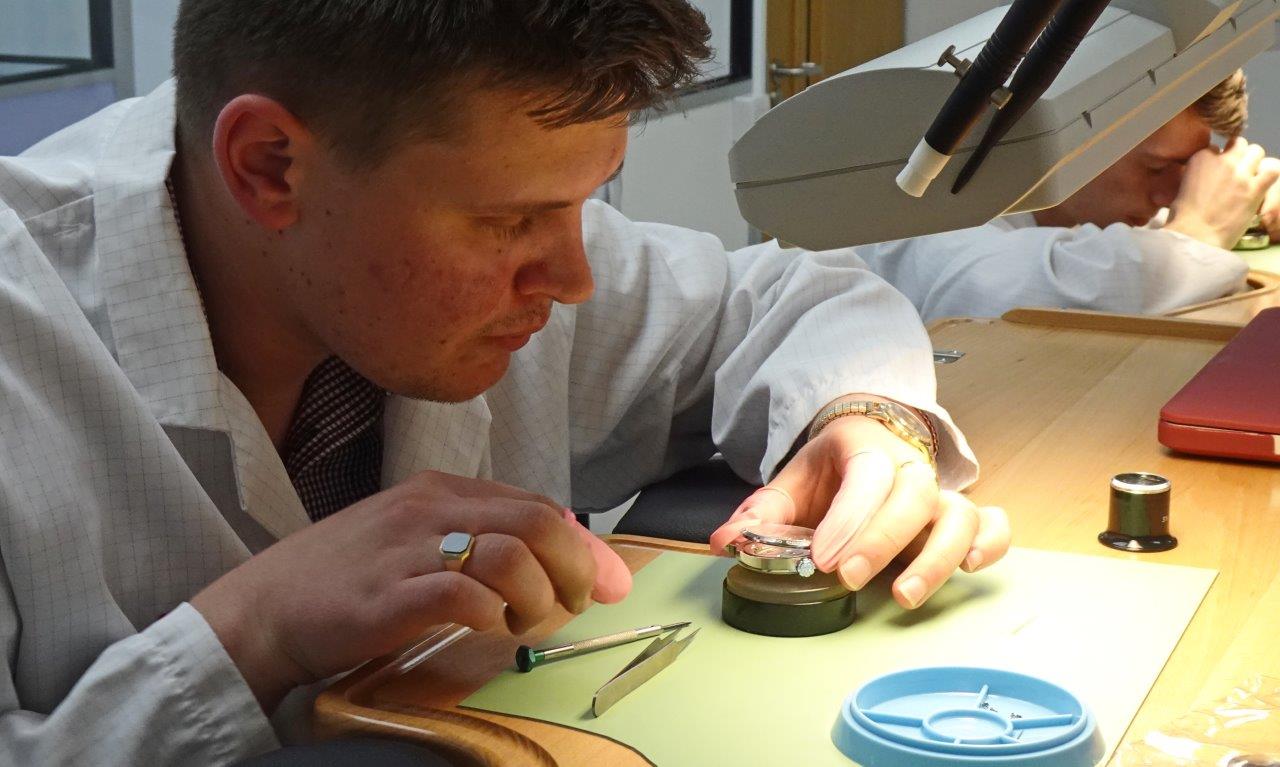
Apprentices are encouraged to take notes to aid understanding and a daily record is maintained through OneFile, a computer-based portal, central to the learning process. Assignments have been developed to reinforce learning and extend knowledge and understanding. OneFile encourages an integrated approach so that the apprentice will be reinforcing the skills that have been taught when they return to their employer. Assignments are also issued through OneFile by the course teachers for the apprentice to undertake in the workplace, ensuring the underpinning knowledge is extended to develop the understanding required to become a proficient watchmaker. In fact, throughout the apprenticeship, a joint approach involving the employer, the apprentice and the staff at WATS helps to ensure good practice taught at the school is maintained through to the workplace. This relationship is encouraged by teacher visits to the workplace and Skype conversations from the beginning through to the Gateway Assessment when a decision is made about readiness for the End-point Assessment.
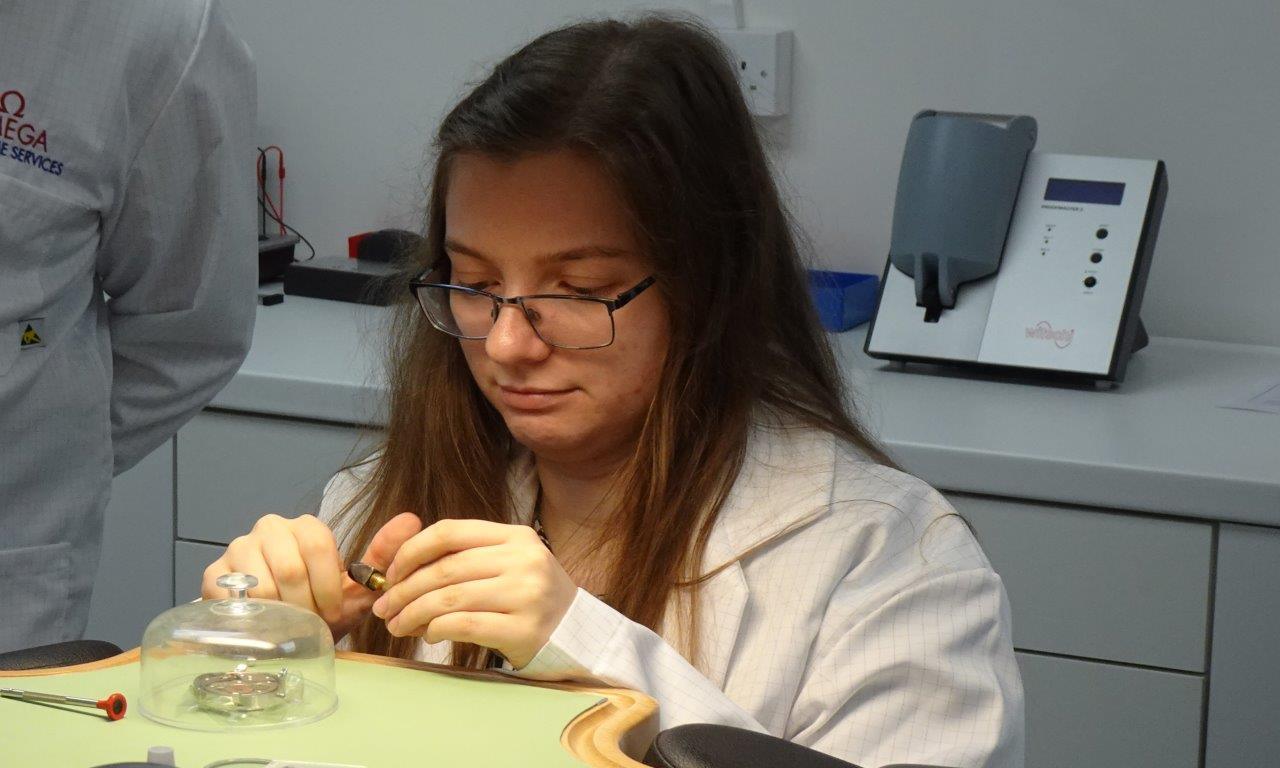
Throughout the Trailblazer apprenticeship On-programme assessment is used at the start of each Block Release to monitor the apprentice’s progress but the End-point Assessment is the ‘final examination’ which determines whether the level of competence and understanding for both practical skills and knowledge is sufficient to award a Pass or a Pass with Distinction.
The apprentices will be back in the workplace for three weeks before returning for the second Block Release session when they will begin to learn about movement exchanging and full servicing of quartz watches. In total, there are fourteen Block Release weeks during the two-year apprenticeship. Each session extends skills and knowledge which are, again, practised in the workplace.
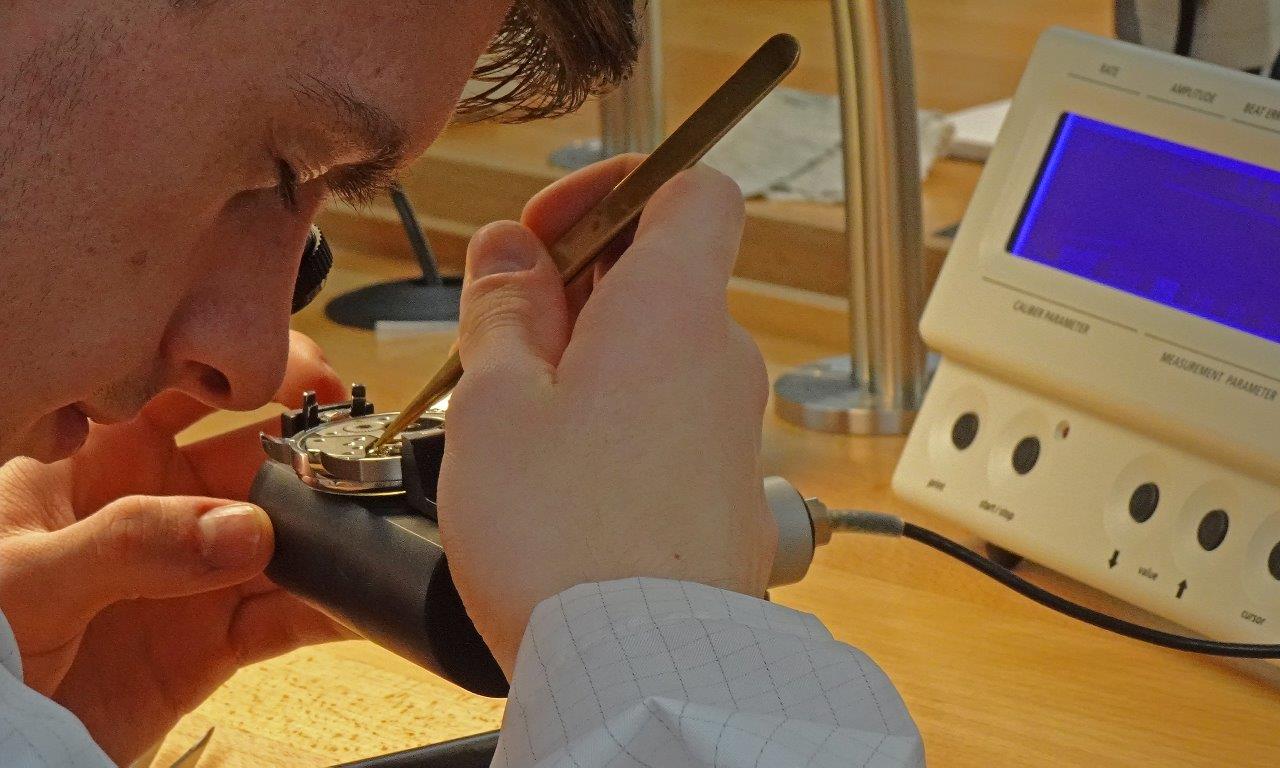
The Block Release, learning theory through on-line activity, mentoring through visits and Skype are all funded from the money provided by the Education and Skills Funding Authority (ESFA). Funding is allocated for each apprentice according to the anticipated cost of delivery. For the Watchmaker Apprenticeship, the maximum Funding Band is available, £27,000. Some of this funding is used by the ‘Training Provider’ for administration and some for the ‘End-point Assessment’; the majority of the funding pays for the training provided over the two years. The money used to deliver apprenticeships is raised from large companies with an annual wage bill of over £3 million paying the ‘Apprenticeship Levy’. These businesses are fully funded; smaller employers are ‘co-funded’. They pay a one-off contribution, 5% of the £27,000; the Education and Skills Funding Agency pays 95%. This is excellent value if you consider how much fourteen weeks of practical skills teaching would cost together with two years of mentoring and online support.
The Block Release sessions are managed by experienced staff using a carefully planned scheme and resources. The focus is on ETA movements but those from other manufacturers are also shown to the apprentices.
The Watchmaker Apprentice Training School is being established as a centre of excellence. Without the commitment of Tony Coe, Managing Director of Swiss Time Services, this opportunity would never have occurred. It is an innovative approach; apprentices are being taught within the commercial environment of an independent watch servicing company instead of a school. The equipment in the training workshop provided by Swiss Time Services is superb. The apprentices also have access to the wider facilities in the company for case refinishing, movement cleaning and water resistance testing.
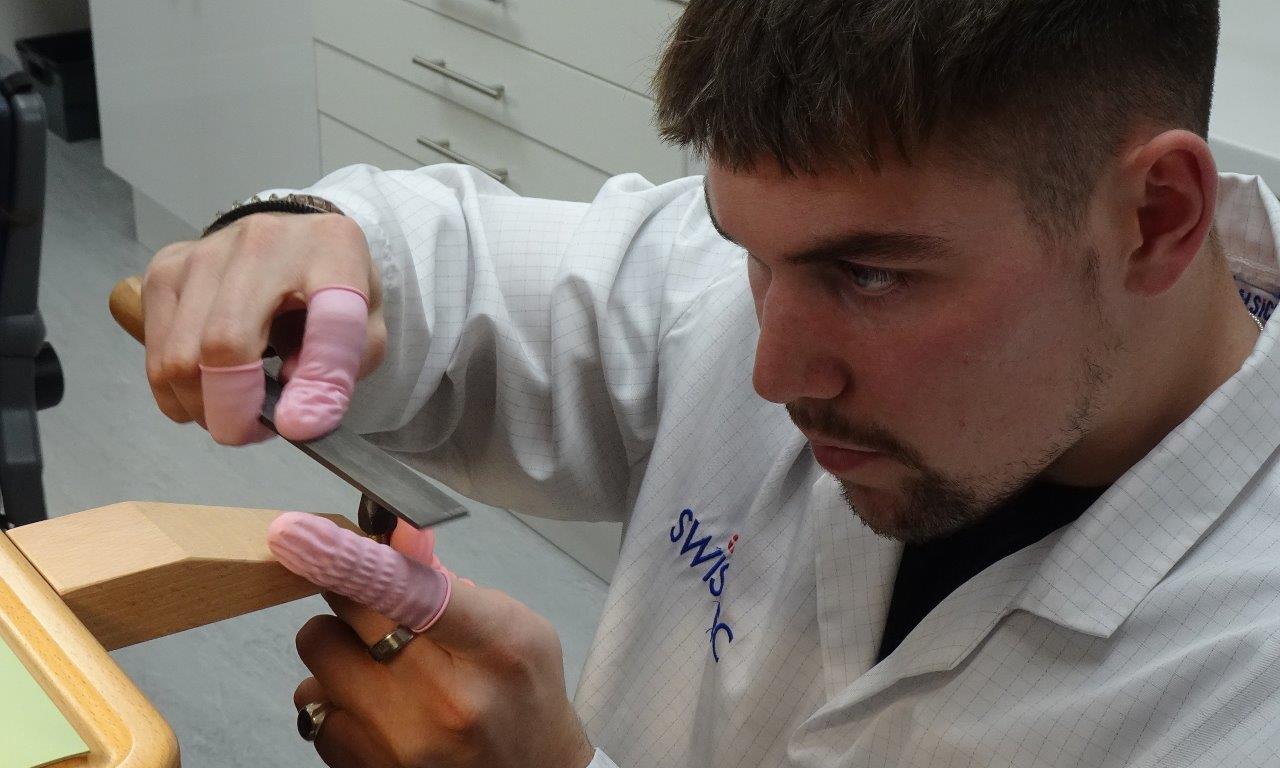
Equipment, however, is of little benefit without skilled teaching staff, Nick Towndrow, Commercial Director, provided educational background and experience; Nick was a driving force for the establishment of the British School of Watchmaking. In addition, Paul Murray, originally an apprentice at Swiss Time Services, brings broad experience of watch servicing at service centres for the Swiss brands and manufacturing here in the UK. As Tutor, apprentices are able to benefit from his skills and knowledge. It is a great team, working hard to deliver the apprenticeship which the UK Industry developed.
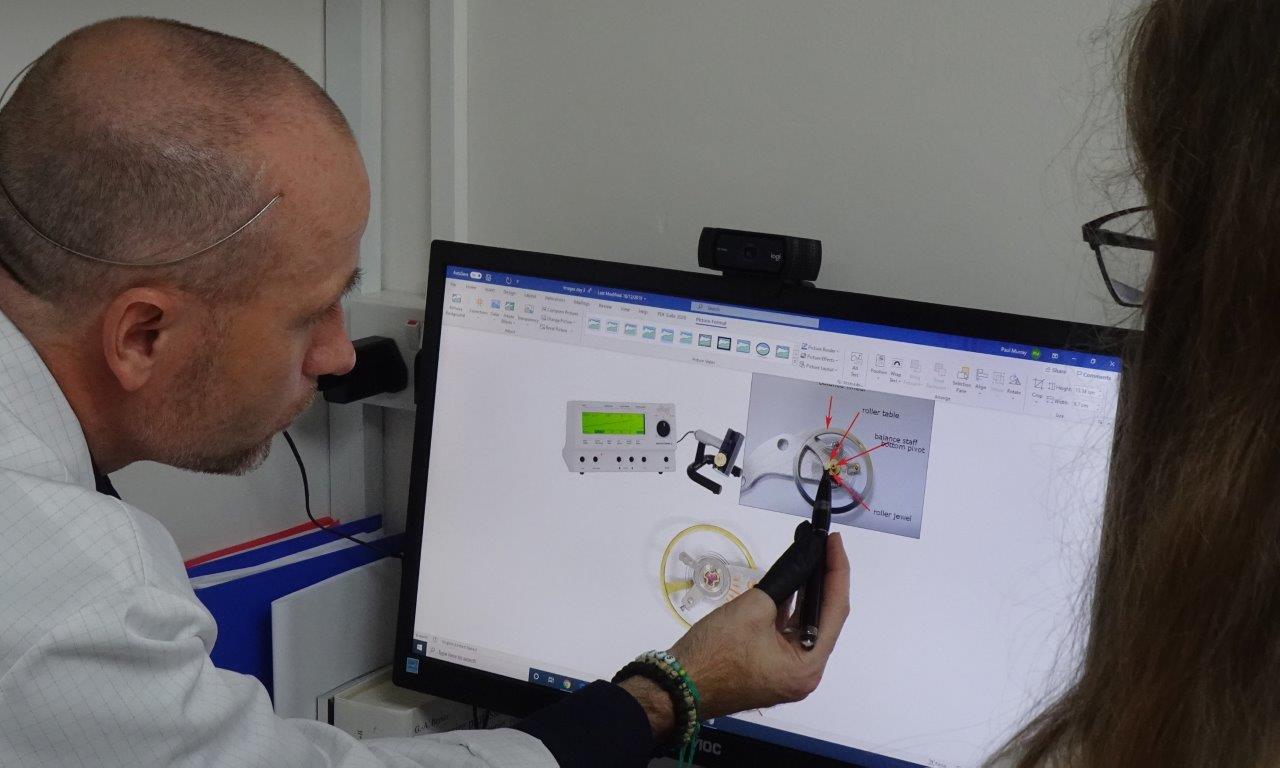
The development of the apprenticeship began over four years ago, at the start, the initiative was supported by the George Daniels Educational Trust. The Industry Lead, Matt Bowling, Watchfinder Director, arranged the first employer group meeting in June 2015; the initiative now continues with support from Richemont. The contribution from the Trust and Richemont cannot be overestimated, without it the Trailblazer watchmaker apprenticeship would still be a vision instead of a reality.
The next cohort of apprentices will commence in January 2021. We have already received interest in the next course; application forms for employers interested in participating are available from: enquiries@watchmakertraining.com

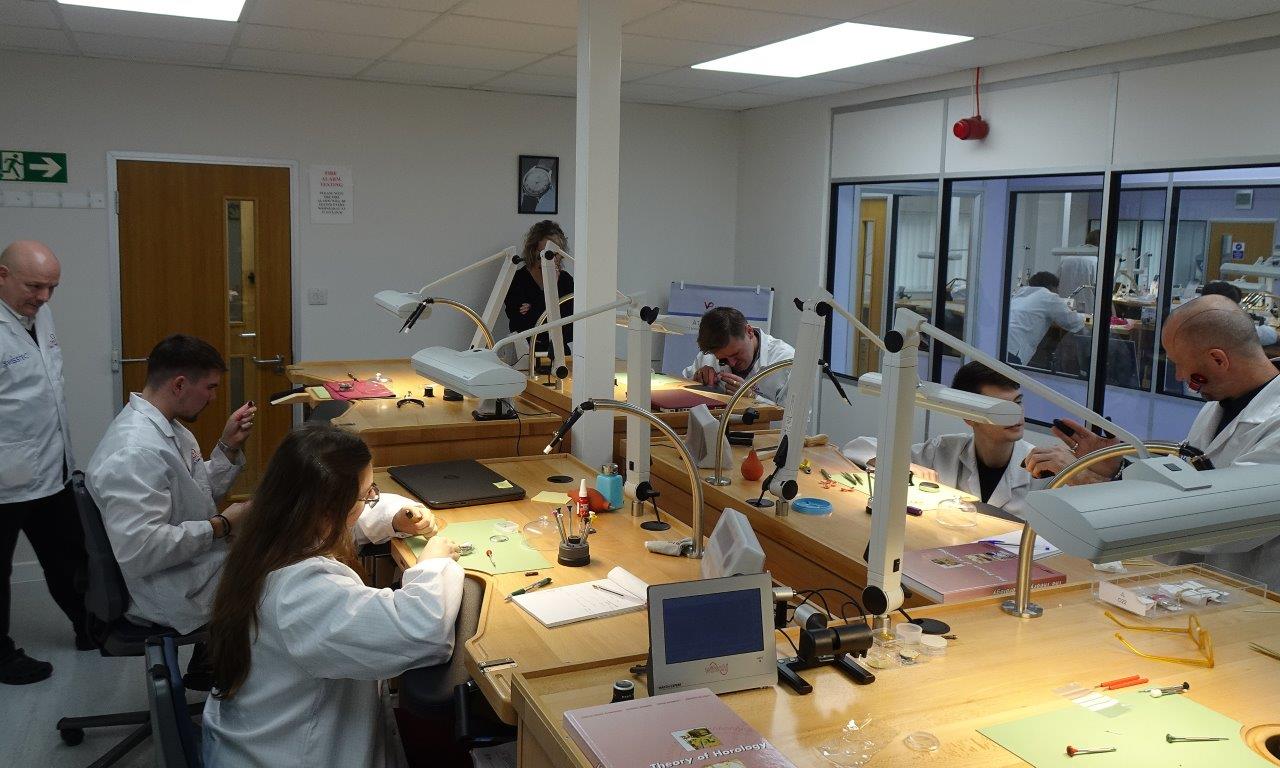
When is the next admission for this watchmaking program